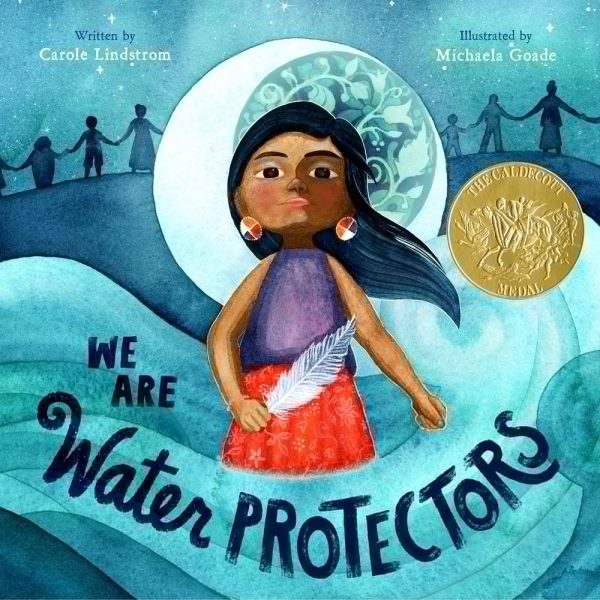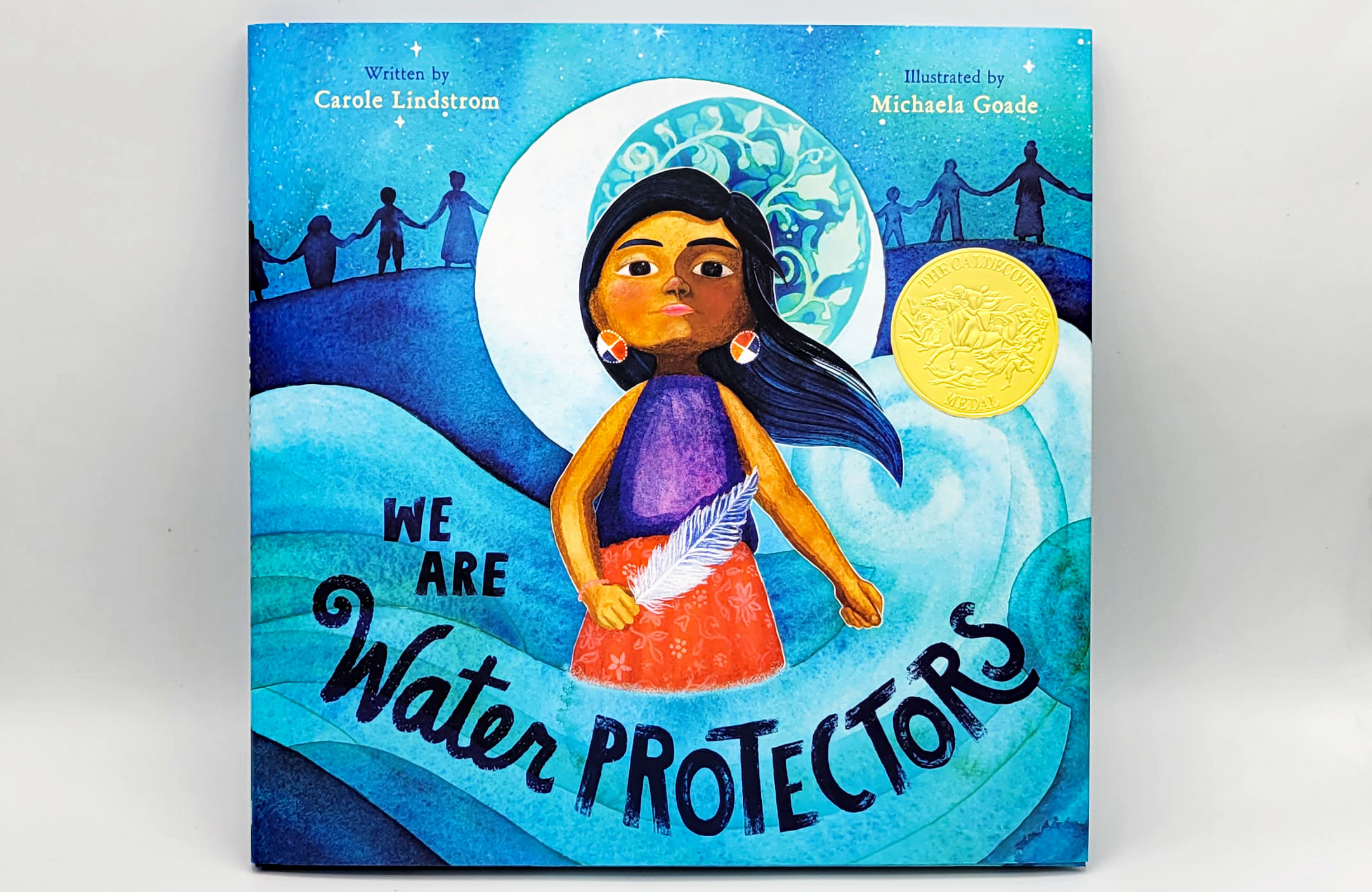

The narrative’s powerful ending brings this story to a satisfying, hopeful conclusion. The text follows the girl as her hair grows longer and longer: “When Nimishoomis taught me / how to fish for the first time, / my hair was at my ears” “When my baby brother was born, / my hair touched my shoulders.” The intergenerational interaction of family highlights the idea many Indigenous families have that future generations can reclaim what was lost.

She tells us that her mom kept her own hair short because she was told as a child it was “too wild.” Nokomis (her grandmother) had long hair, but it was cut off at the Indian boarding school she was forced to attend as a child. An Indigenous girl is eager for her hair to grow. 7/20, and an enrolled citizen of the Turtle Mountain Band of Ojibwe) authentic storytelling text explains the importance of hair-“Native/Indigenous peoples believe that hair holds strength and power”-and its connection to Mother Earth. Our source of strength.” Lindstrom’s (author of Caldecott winner We Are Water Protectors, rev. “Our ancestors say / Our hair is our memories.

It all adds up to a gorgeous and empowering picture book with an urgent environmental plea.By Carole Lindstrom illus. She weaves symbols from Ojibwe culture into the vibrant scenes, which blend images of people, animals and nature together into a striking and precious tapestry of interdependent life. Goade, who is an enrolled member of the Tlingit and Haida Indian Tribes of Alaska, employs deep blues, purples and aquamarines to create enchanting waterscapes that envelope human figures whose skin she represents in a variety of hues.

We are still here.” Her prose is powerful, timely and mesmerizing in its lyricism. Throughout the book, Lindstrom, who is Anishinabe/Metis and tribally enrolled with the Turtle Mountain Band of Ojibwe, employs a powerful refrain that asserts the continued presence and ongoing commitment of indigenous peoples: “We stand with our songs and our drums. Together, the communities confront the snake, fighting it on behalf of all the lives that depend on the water. The girl strikes powerful poses and holds hands with others to stand against the snake. Illustrator Goade depicts the snake with a series of angular turns that call to mind the oil pipelines which have been the subject of protests in recent years the snake’s forked red tongue and red eyes are a menacing touch. The girl’s community believes in a prophecy about a black snake that will threaten the water. The unnamed girl’s grandmother teaches her that water is sacred, “the first medicine” that nourishes human life both in the womb and on Mother Earth. A young indigenous girl learns the importance of water from her elders, then unites with her community and its supporters to defend it in Carole Lindstrom and Michaela Goade’s inspiring new picture book, We Are Water Protectors.


 0 kommentar(er)
0 kommentar(er)
